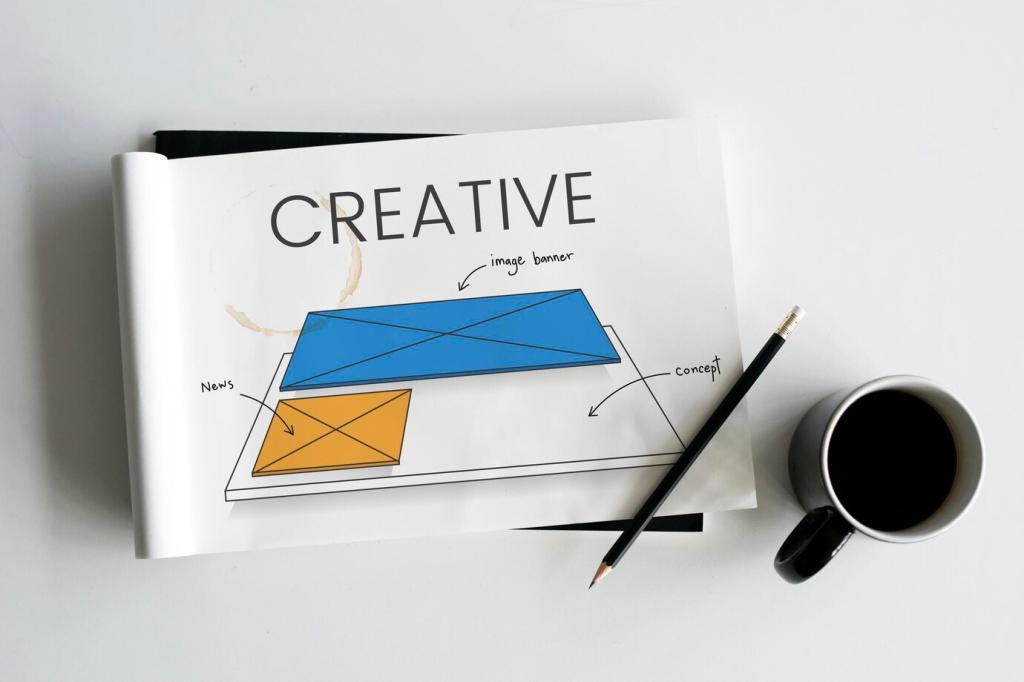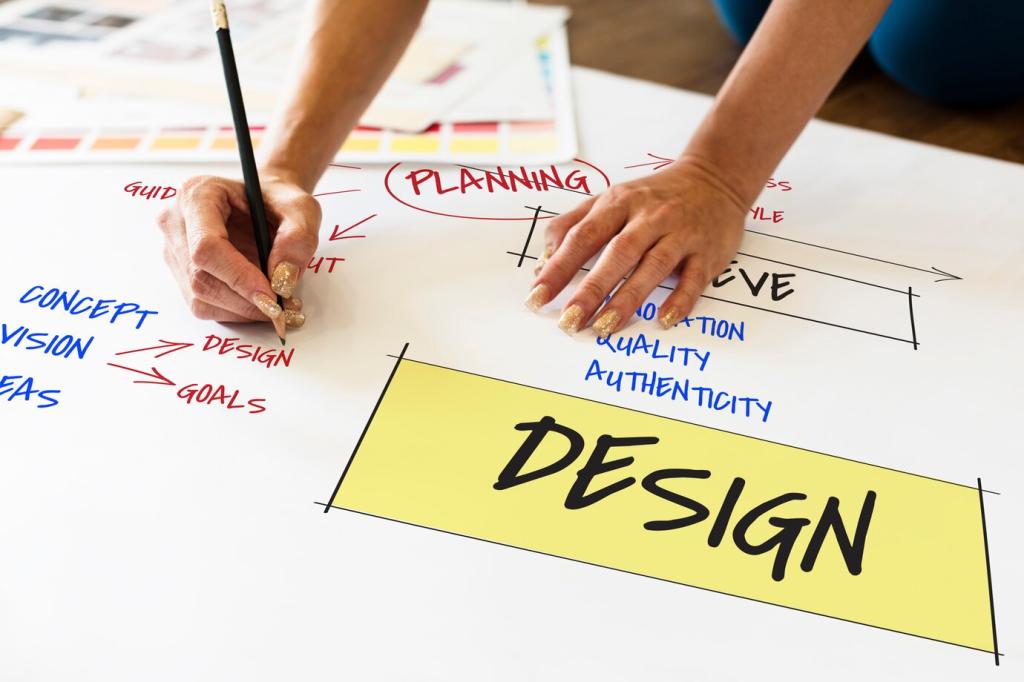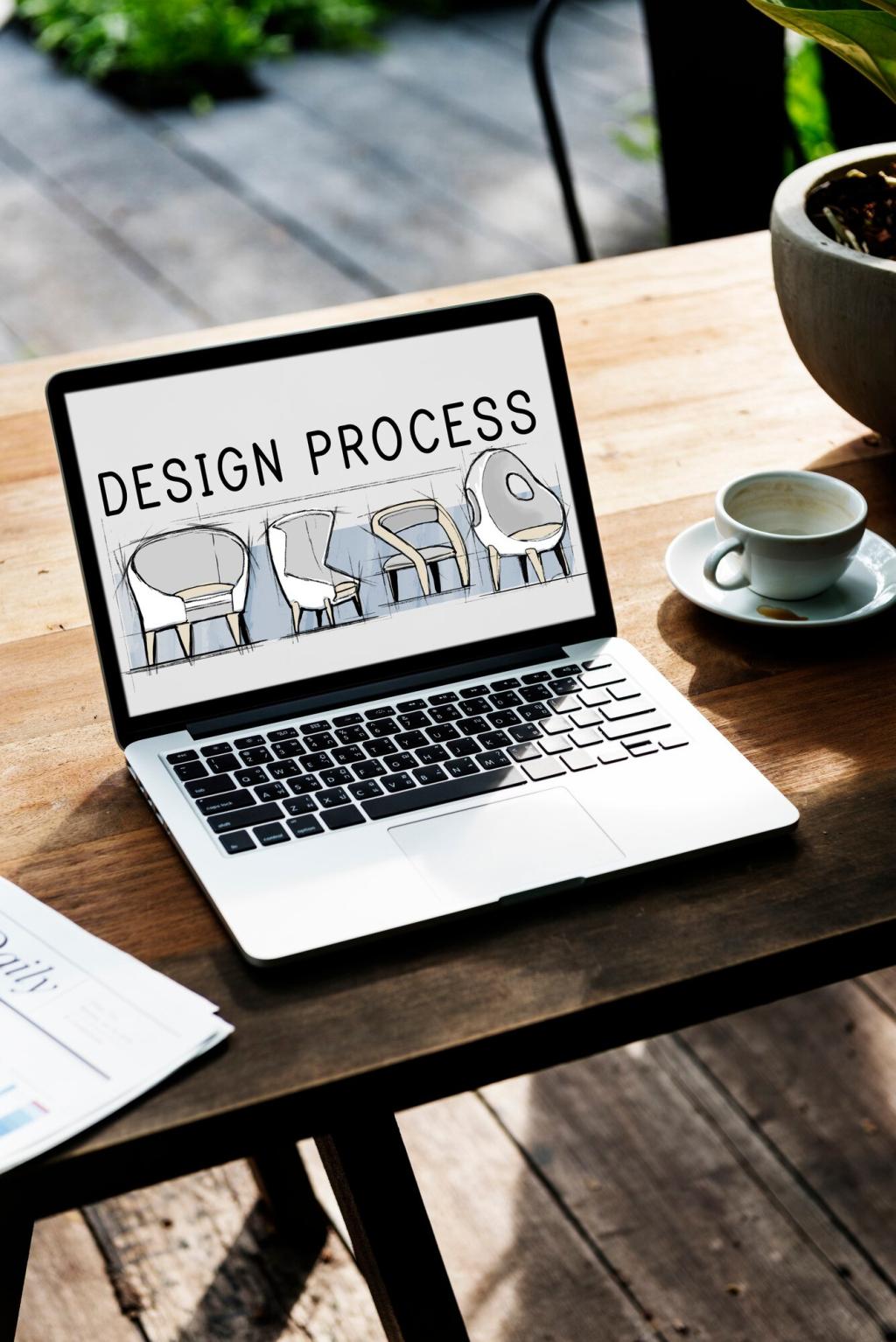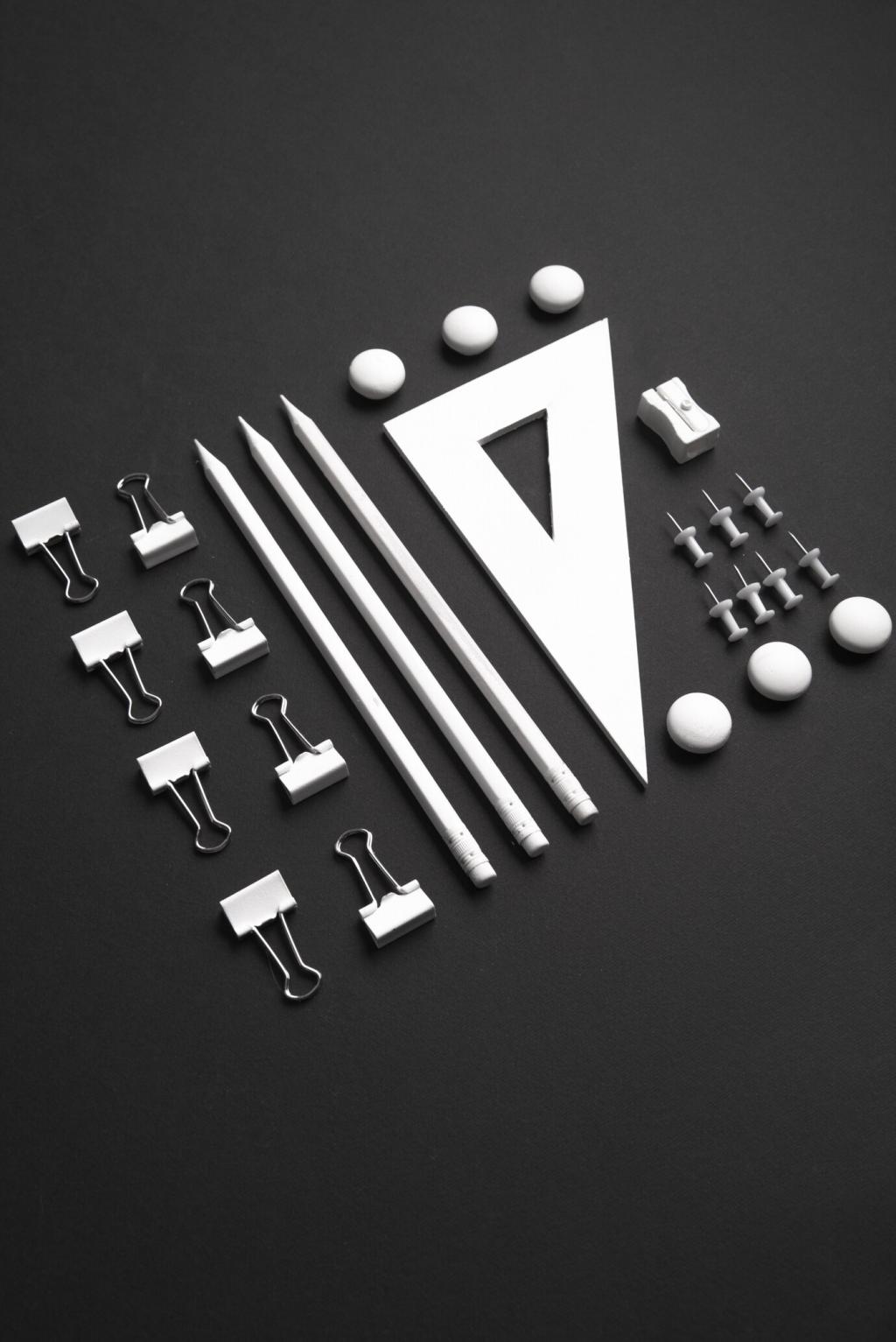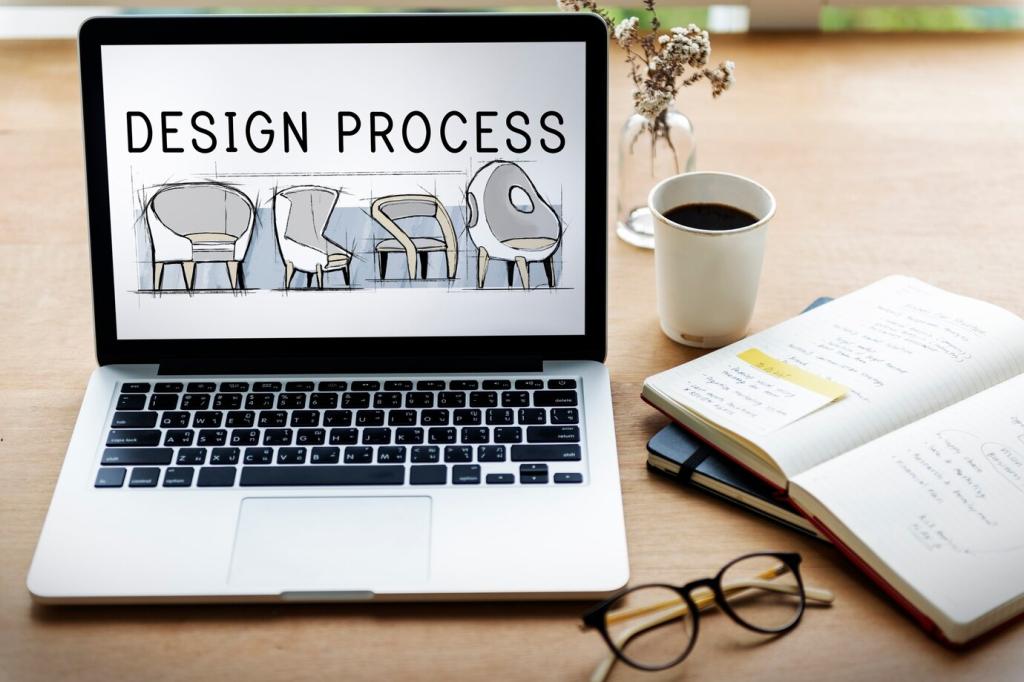Narrative Structures That Make Spaces Feel Alive
Share the messy middle, not just glossy afters. Budget ceilings, weird soffits, and light limitations invite empathy. Readers trust you more when you show trade-offs and the clever compromises that made the final reveal genuinely achievable.
Narrative Structures That Make Spaces Feel Alive
Give every space a personality and goal. A bedroom seeking quiet, a kitchen chasing connection, a hallway longing for light. Write how materials, color, and layout help the room finally become the truest version of itself.
Narrative Structures That Make Spaces Feel Alive
Let readers hear decision-making moments: why the veined quartz beat butcher block, how a 2700K bulb saved evening warmth, or when you vetoed an on-trend tile because it fought the home’s gentle architectural bones.
Narrative Structures That Make Spaces Feel Alive
Lorem ipsum dolor sit amet, consectetur adipiscing elit. Ut elit tellus, luctus nec ullamcorper mattis, pulvinar dapibus leo.

